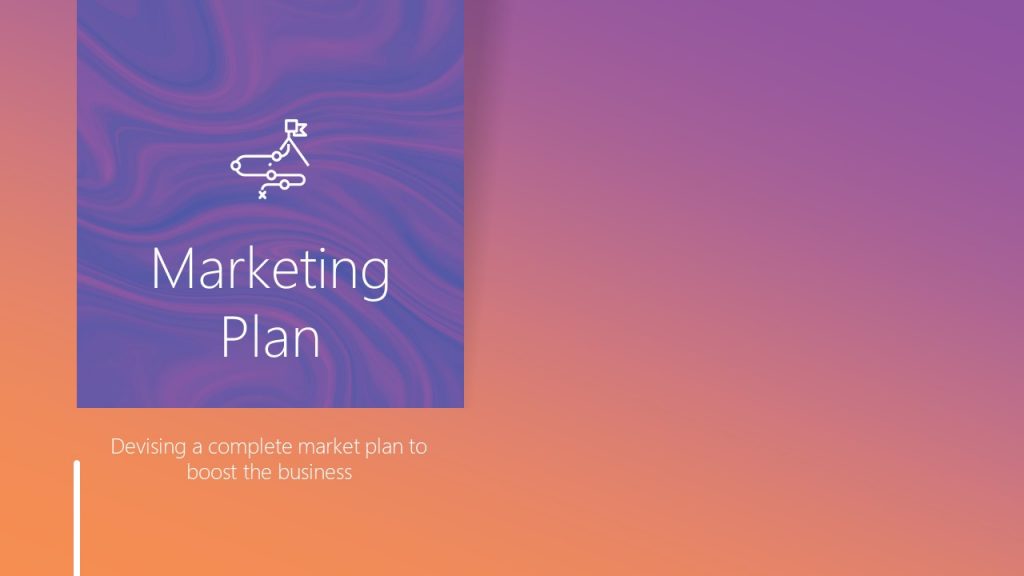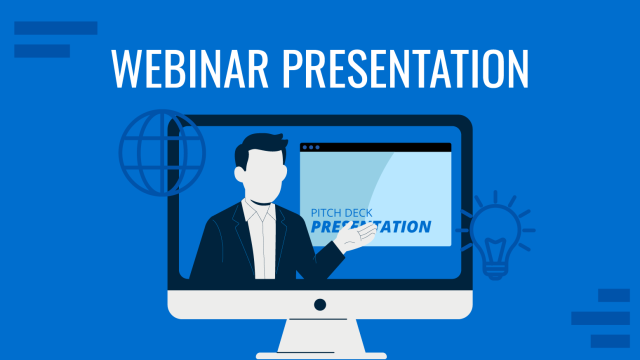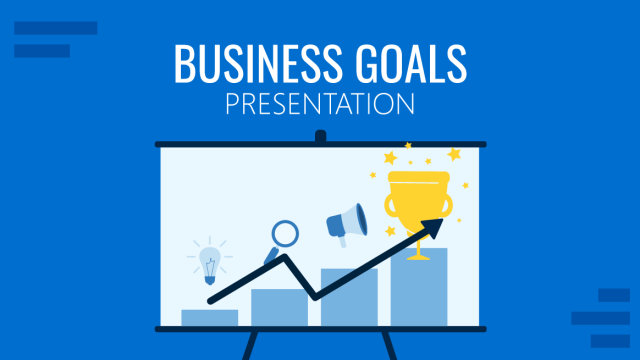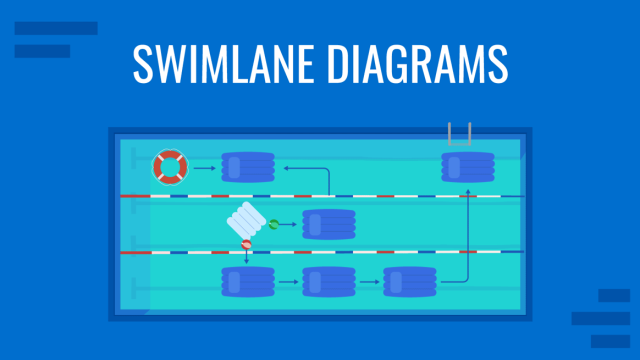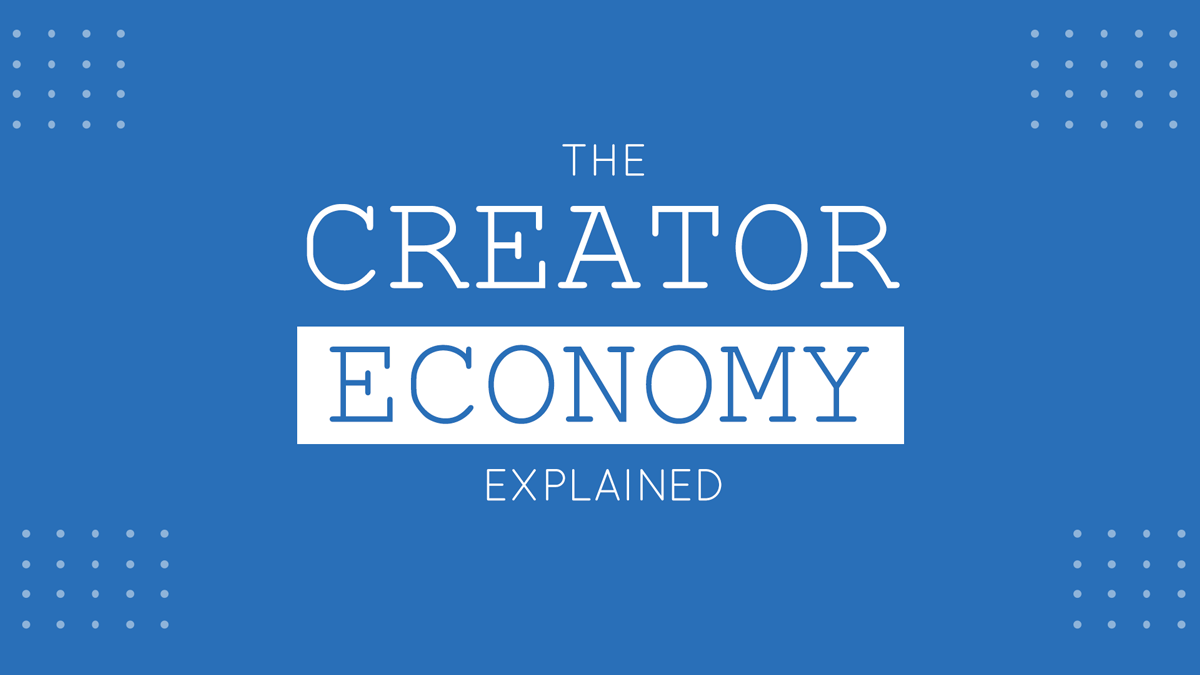
You’ve probably noticed this new trend on your preferred social media platform, whether it’s YouTube, Instagram, or TikTok. The Creator Economy hasn’t just made its presence on digital platforms, it’s given millennial creators a chance to turn their hobby into a living and even planted its seeds in the aspirations of future generations.
What Is the Creator Economy?
The creator economy refers to the emerging category of businesses founded by self-employed content creators, supported by the digital platforms and financial tools that make monetization of content viable.
A Short History of the Creator Economy
While the creator economy as we know it is relatively new, it is built on a social media and digital foundation that has been in the works for a decade. Digital platforms like YouTube, Facebook, and iTunes arose in the late 2000s, giving creators a way to publish content and gain followers.
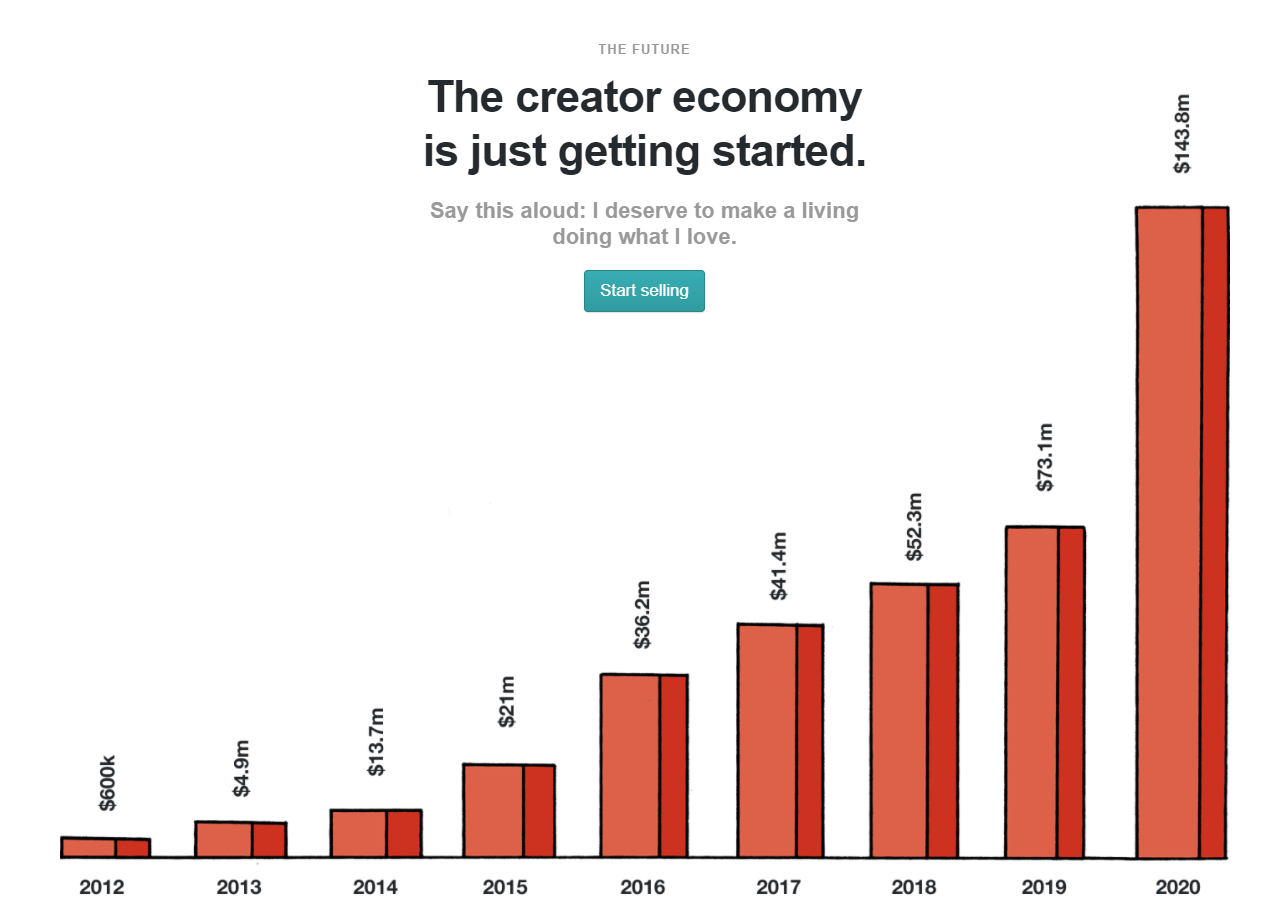
Creators started earning money for their content with platform-enabled monetization, such as earning money from ads on YouTube, Instagram or Facebook or being members of Creator Funds on TikTok, Pinterest, Club House and LinkedIn.
However, creators started thinking outside the established platform box in order to earn money for their skills, knowledge, and effort. Subscription-based funding, brand deals, online classes, direct sales, and service offerings are just some of the ways creators are making money outside of ad revenue. The Creator Economy can be visualized as:
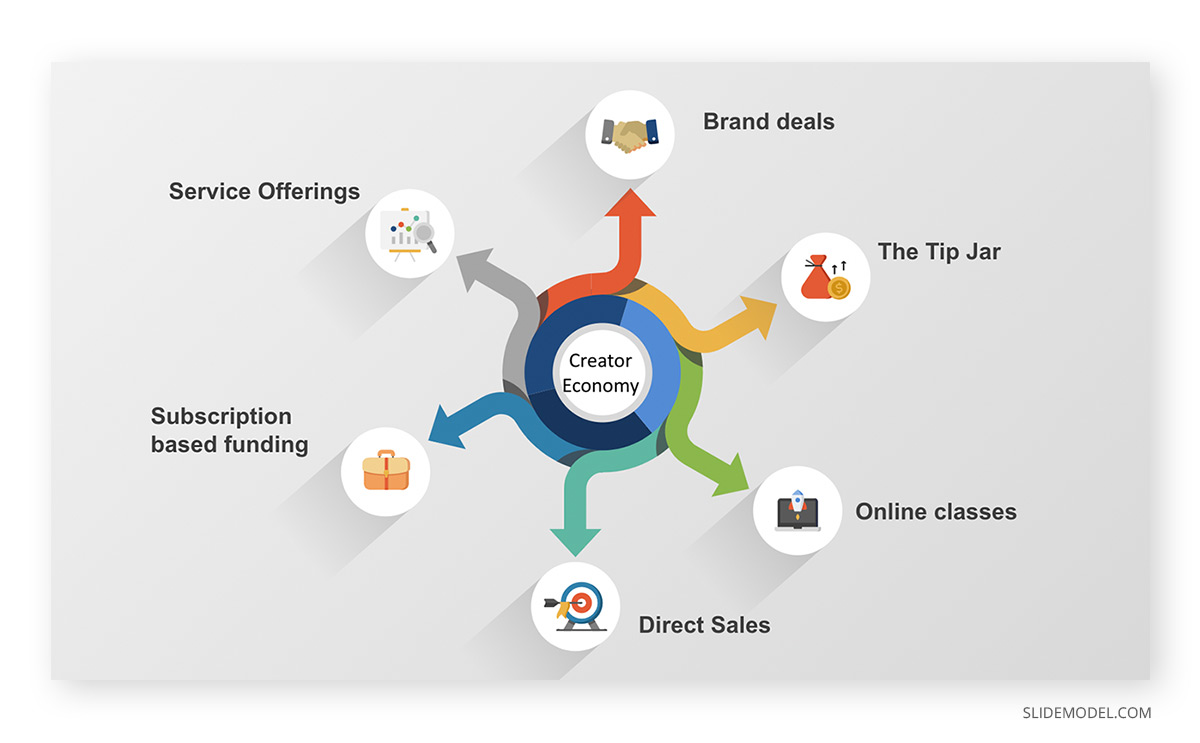
What’s the difference between this Creator Economy and previous monetization approaches?
Previously, creators aspired to gain enough followers and engagement to have their content monetized by platforms. This is still the only way many creators make money, though it’s seen as the least-ideal route. This is because it leaves all of the control in the hands of the social media platforms.
All creators and influencers know how easy it is to get banned, shadowbanned, and demonetized for every whim of the platform. New policies and algorithms can cut monetization to a mere percentage overnight, as happened to Youtubers between 2012 and 2016.
The creator economy is about taking matters into the creator’s hands. Individuals turn from just creators to small businesses by using lead generation efforts to move followers from the social media platforms to personal websites or other digital tools, like Patreon, to control the environment more freely. On other platforms, like Ko-fi, creators are invited to join with the slogan Make an Income Doing What You Love.
Who Are the Creators Participating in this Economy?
Social media influencers, bloggers and writers, self-employed consultants and specialists, videographers and podcasters, comedians, video game streamers, artists and illustrators, and musicians all contribute to the creator economy. You can find both full-time professional creators and part-time monetizing creators in the creator economy.
Forbes states that there are more than 50 million people worldwide who consider themselves creators. In fact, a third of kids aged 8 to 12 currently want to be YouTubers when they grow up. We tell people to “do what you love and love what you do”. The creator economy enables just that.
How Does the Creator Economy Work?
A functional creator economy needs three parts: creators, consumers, and digital tools and platforms.
The Creator Side of the Economy
Here are the basic steps to the evolution of hobby creator to professional creator: First a creator establishes themselves on one or more social media networks. They gain followers and fame. They build or use a platform like WordPress, Shopify, a managed Woocommerce site, Patreon, Skillshare, or many others to sell products or services, as well as subscriptions to create more content. They start earning enough money to quit their jobs, turning their side-hustle into their full-time job.
The Consumer Side of the Economy
The transformation from follower to customer is surprisingly organic. On one hand, followers have been very willing to purchase from creators they have followed and admired for some time, especially compared to vendors they see on ads, but don’t know personally. The willingness to go out of their way to purchase goods and services comes both from wanting to support their favorite creators and being genuinely interested in receiving something they’ve seen creators making, doing, and selling for months or years.
On the other hand, more and more people look to social media to find the products they desire and the services they need. When you Google a product or service, you’re likely to find companies that offer what you’re looking for. However, when you search on Facebook marketplace, Pinterest, or Instagram, you’ll more often than not find individual creators.
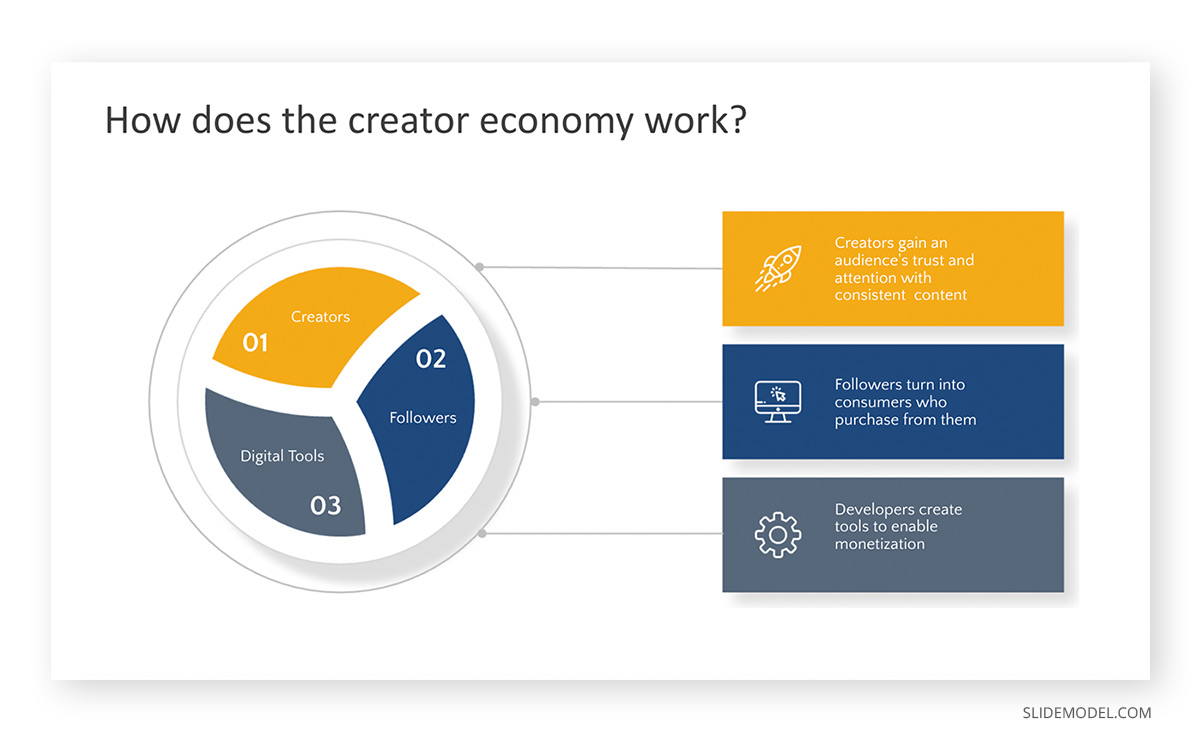
The Digital Tools and Platforms that Enable the Economy
Gumroad is perhaps one of the references in the creator economy, although there are some other Gumroad alternatives. Feather, Jemi, Patreon, Onyx, ConvertKit, Revue, Xperiencify, Anchor, Avocado, Tingles, Eventbrite, Curtsy, Foodnome, are just a handful of the hundreds of tools developers have created for creators.
Notice how the big names in social media are not on this list. That’s because these platforms are often used in conjunction with social media networks. Creators and influencers commonly use social media platforms to earn their following and market themselves, while using these tools to turn that following into a living. Recently, other companies are also joining the list of businesses with creator funds. That’s the case of Spotify, which recently launched its Spotify Greenroom platform to reward creators for the content produced.
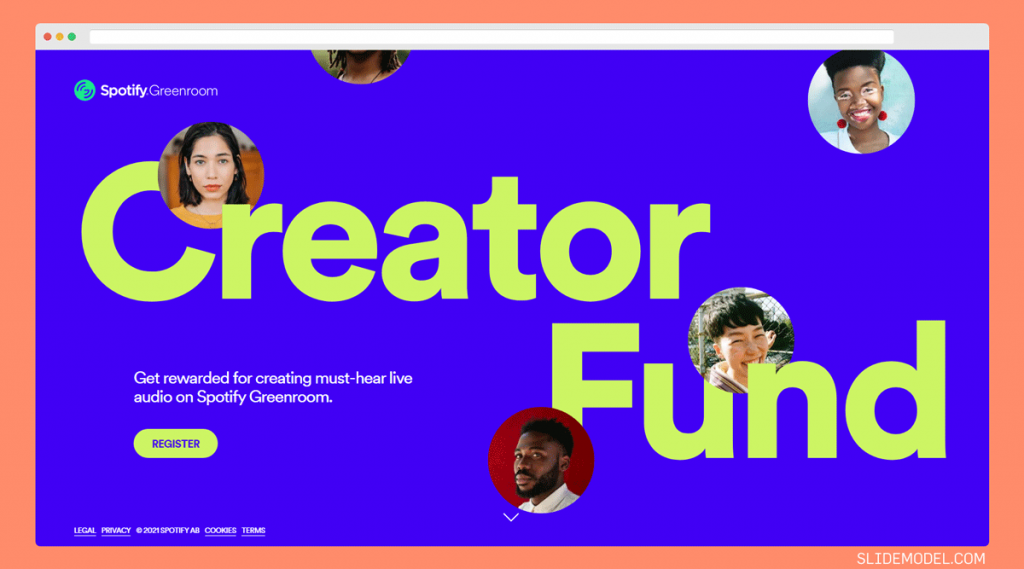
Some of the Problems Related to the Creator Economy
Like all economies, the creator economy is not without some downsides and problems to fix.
Influencer Fatigue in the Creator Economy
A small percentage of self-identified creators are able to make a decent living off of their content. An even smaller percentage make six-figures. The fast majority don’t. Forbes cites that 96.5% of YouTube accounts don’t even make above the poverty line and only 3% make more than $16,000 a year.
Considering how hard it is to compete, how much time it takes to create quality content, and the effort needed to hustle your way to the top, creators and influencers are getting tired. The unsuccessful are tired of fighting their way up to a seemingly insurmountable challenge. Even the successful can get tired of all the work it takes to keep up their fame.
Scandals in the Creator Economy
It wasn’t that long ago that everyone was denouncing Logan Paul for being callous and even criminal on his YouTube videos. Yet, he is still worth $19 million and continues to have 22 million YouTube subscribers.
Short of being banned completely from a social media network, like Donald Trump was banned from Twitter in January, 2021, there are few gatekeepers to those who create content online. Too often the algorithms that are supposed to prevent harmful or criminal content end up harming honest creators, while scandalous individuals pass.
Hacked Accounts
If it is digital, it can be hacked. Cybercrime is a beast that continues to grow, despite the efforts of cybersecurity companies and departments. While content creators hope to be protected by their big-name hosts, there is always the risk that someone will hack your account, change your passwords, and lock you out.
Impermanence of Digital Platforms
As content creators that rose to fame on Vine can attest, social media platforms do not last forever. In fact, the creators themselves have little to no control over the business decisions of any of the digital platforms, from the Facebook/Instagram-level companies to the smaller digital platforms they use to monetize.
If you’ve worked for years to build a sizable following on one social media platform and they shut down tomorrow, you could lose that entire audience. At the very least, you’d have to start hustling all over again to get that audience back, or at least a portion of it, on another platform. If a gallery closes, you can still go pick up your art. If a radio station turns off for good, you’ll still have your tapes and discs. If Facebook shuts down…there may be no backup for you.
Unfair Competition
Lastly, creators are often competing for attention with already famous celebrities. In fact, if you look at the top earners on Instagram, you’ll see names like Kylie Jenner, Cristiano Ronaldo, and Ariana Grande. How is an up-and-coming makeup artist, athlete, dancer, or singer supposed to compete on the same platform as people who are already rich and famous?
While this same competition would be the case if those people were to compete in traditional environments like Hollywood or MTV, the disparity between celebrities and creators can be incredibly demoralizing.
Future Trends in the Creator Economy
Despite these issues, the creator economy is not going away any time soon. Business Insider predicts the influencer marketing economy will grow from $8 billion in 2021 to $15 billion by 2022. So what’s in store for the future of the creator economy?
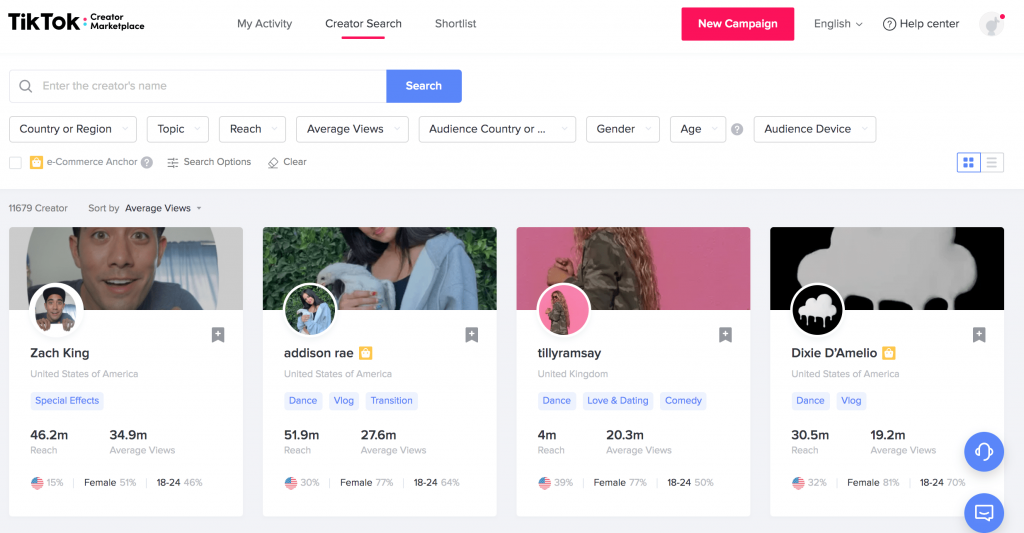
Monetization
One by one, each and every social network is building their own monetization processes and tools. Soon every single one will have one or more ways for creators to make money through them.
Financing and Investing
Fintech companies and investors are starting to notice creators. Soon, investments will become a third viable option for creators to earn money, alongside monetization and lead generation.
Micro-influencers
While this isn’t a very new trend, it is still how influencer marketing goes. Take Kim Kardashian, for example. While still one of the highest-paid Instagrammers, many people don’t like her content or trust it entirely because they know almost everything she posts is sponsored. Organic Instagram followers are increasingly likely to trust micro-influencers, who seem more personable and honest about their sponsored content. Brands have realized this shift in trust and are acting accordingly.
Top Fans or Super Fans
A distinction is starting to be made between your average follower and the loyal followers. These faithful fans are being distinguished and eventually moved off the social network to the creator’s own website or monetization platform.
Small Businesses and Startup
The line is being blurred between creators and startup founders. In fact, nowadays, you have almost no chance of starting your own business if you don’t have a creator presence on social networks. Whether the creators become founders or the founders become creators, they’ll all end up on the same platforms and networks, vying for your attention and engagement.
Final Words
Whether you identify as a part of the creator economy or not, you are probably a member of it anyways.
The Creator Economy is also shaping the Future of Business. If you’re not creating content, you’re consuming it. It doesn’t matter if you share a post or purchase a product; either way you are contributing to this business trend. The only thing that is left to be seen is if or how long it will take for the creator economy to overtake the traditional economy.
